
Can You Use Latex Gloves to Dye Hair?
The Importance of Gloves in Hair Dyeing When it comes to hair dyeing, the importance of wearing gloves cannot be overstated. Many people wonder, “Can
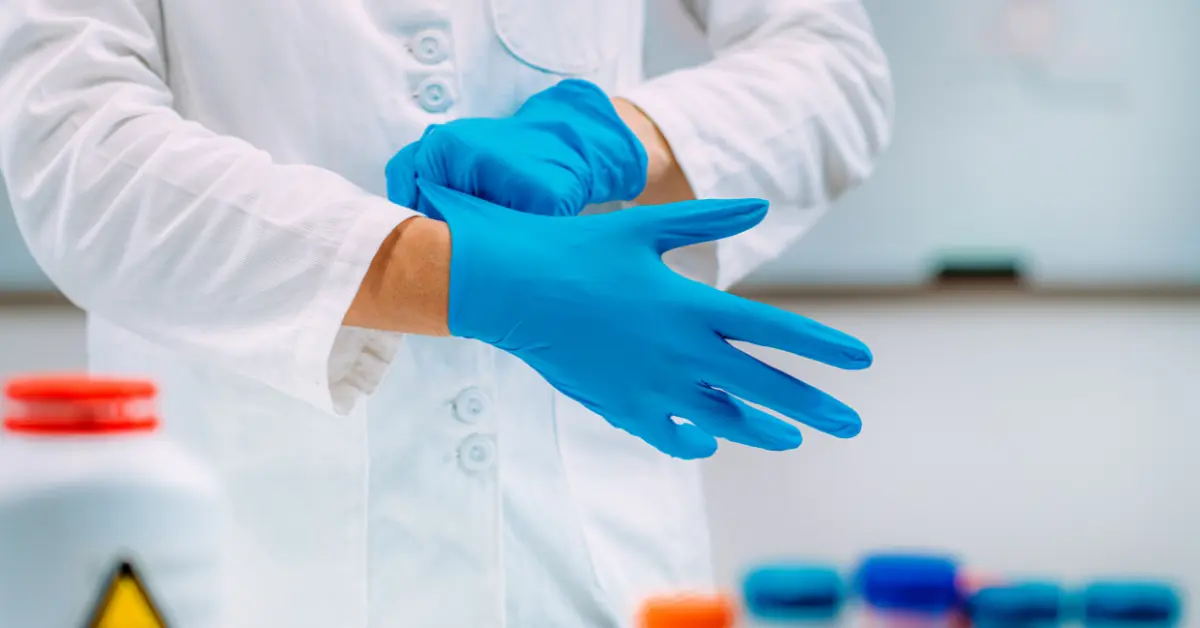
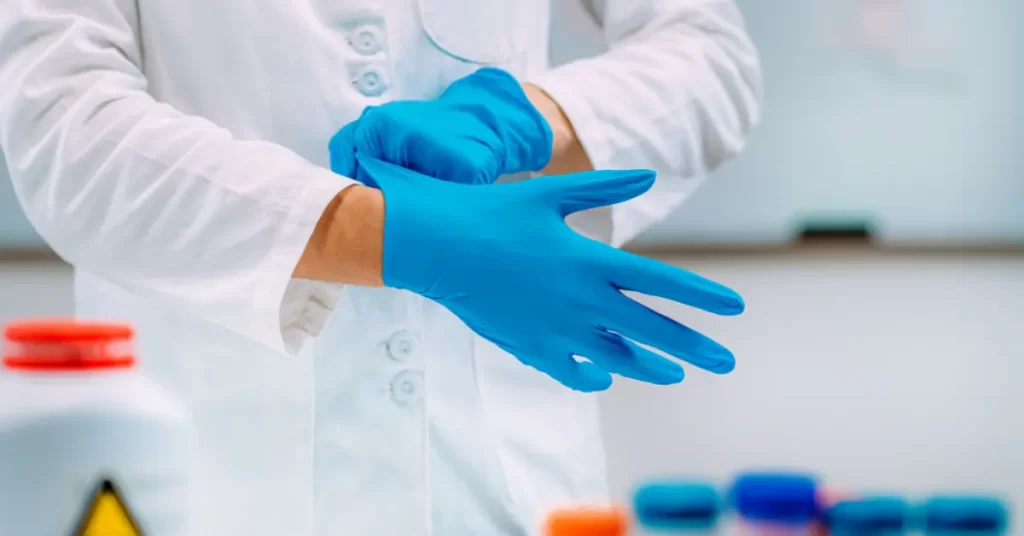
In any laboratory setting, safety and hygiene are of utmost importance. As professionals in the scientific field, it is our responsibility to adhere to strict protocols and procedures to ensure the accuracy and integrity of our work. One essential aspect of this is the proper maintenance and inspection of laboratory gloves. These gloves serve as the first line of defense against hazardous substances, and their proper care is crucial in protecting both the researcher and the experiment. In this article, we will discuss some best practices for maintaining and inspecting laboratory gloves, as well as the different types and uses of these vital protective gear.
Before diving into the maintenance and inspection practices, it is important to understand the different types of laboratory gloves available. The most commonly used gloves in laboratories are disposable gloves, made from materials like nitrile, latex, or vinyl. These gloves are designed for single-use and must be discarded after handling any chemicals or biological samples. They are cost-effective and provide a high level of protection against harmful substances.
Laboratory gloves serve multiple purposes, from protecting the wearer from chemical or biological exposure to preventing contamination of samples or equipment. They are also essential in maintaining a sterile work environment, especially when handling sensitive experiments or working in a cleanroom. These gloves are used in various fields of research, including medical, pharmaceutical, and biotechnology industries.
Disposable laboratory gloves are the most commonly used type of gloves, especially in medical and pharmaceutical research. They are designed for single-use and must be discarded after handling any potentially hazardous material. This type of glove is available in various materials, each with its own unique qualities
Nitrile gloves are highly resistant to chemicals and offer excellent puncture resistance. They also provide a good fit and tactile sensitivity, making them suitable for precision work. Latex gloves, on the other hand, offer better stretch and flexibility, making them comfortable to wear for prolonged periods. However, for those with latex allergies, latex-free vinyl gloves are a suitable alternative.
To ensure the effectiveness of laboratory gloves, they must be properly maintained and regularly inspected. Before and after use, disposable gloves must be inspected for any tears or holes that can compromise their integrity. In addition, gloves must be changed between different experiments or procedures to prevent cross-contamination.
Laboratory gloves are an essential safety measure in any scientific setting. With the proper maintenance and regular inspection, they provide a high level of protection against harmful substances and contamination. Be it disposable or reusable gloves, it is crucial to select the right type for the specific experiment or procedure. By following these practices and understanding the types and uses of laboratory gloves, we can ensure the safety and success of our research endeavors.

The Importance of Gloves in Hair Dyeing When it comes to hair dyeing, the importance of wearing gloves cannot be overstated. Many people wonder, “Can
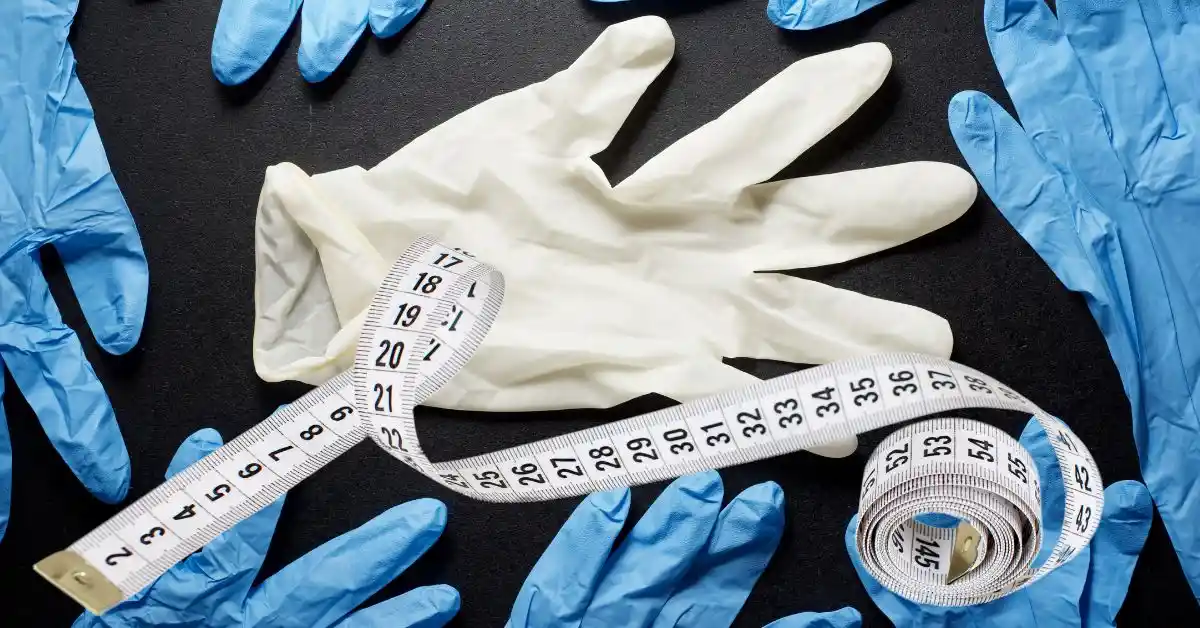
Understanding Glove Sizes: How Are They Measured? When it comes to finding the perfect pair of gloves, understanding glove sizes is crucial. You might be
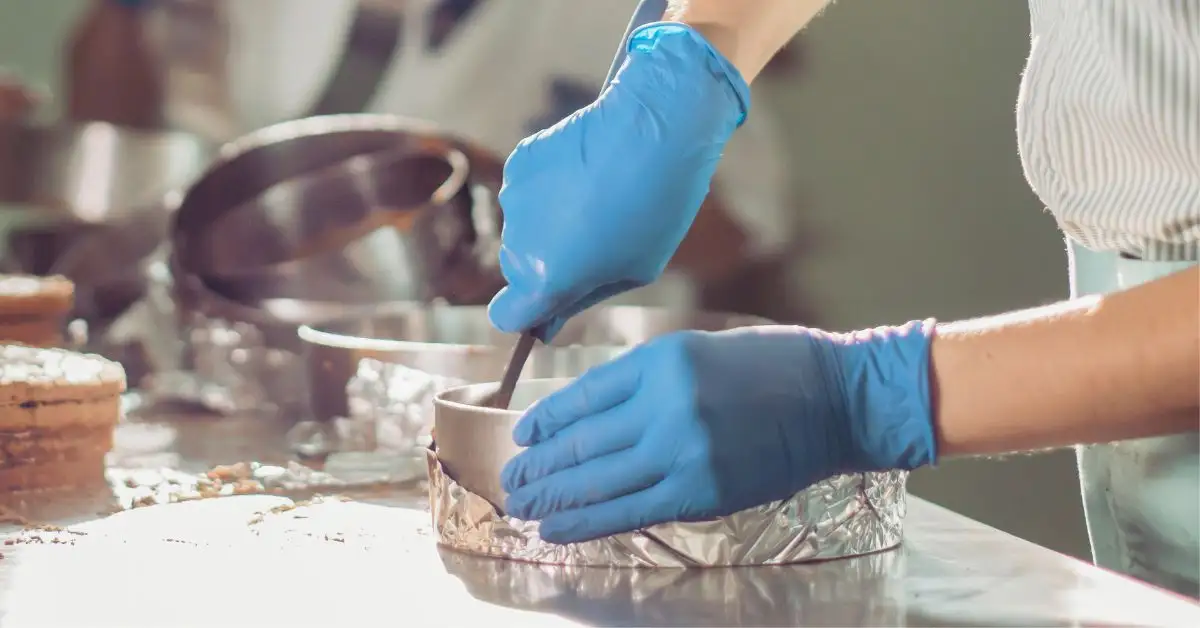
Key Differences Between Nitrile and Latex Gloves for Culinary Use In the culinary realm, selecting between nitrile and latex gloves is vital to maintain safety
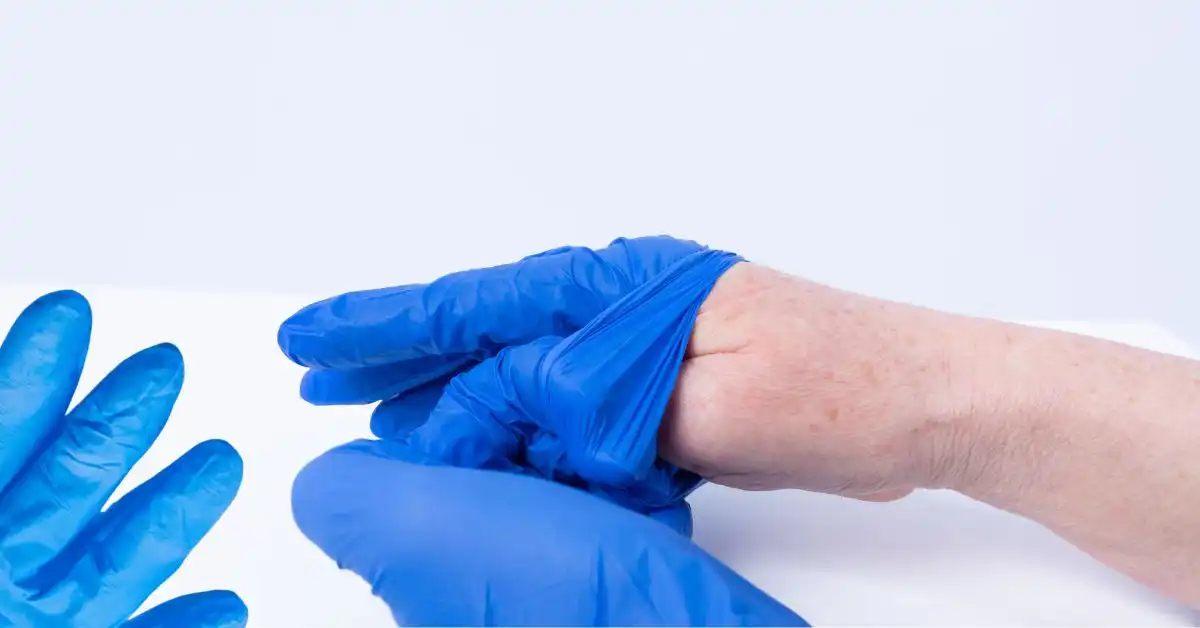
The Advantages of Using Nitrile Gloves for Those with Eczema When it comes to managing eczema, the choice of gloves can significantly impact skin health.

The Importance of Cut Resistant Gloves in Safety and Industry In today’s fast-paced industrial environments, the importance of hand protection cannot be overstated. Cut resistant
Driven by a passion for excellence, our mission is to consistently deliver the highest quality products at the most affordable prices. We aim to exceed customer expectations, creating value and trust.
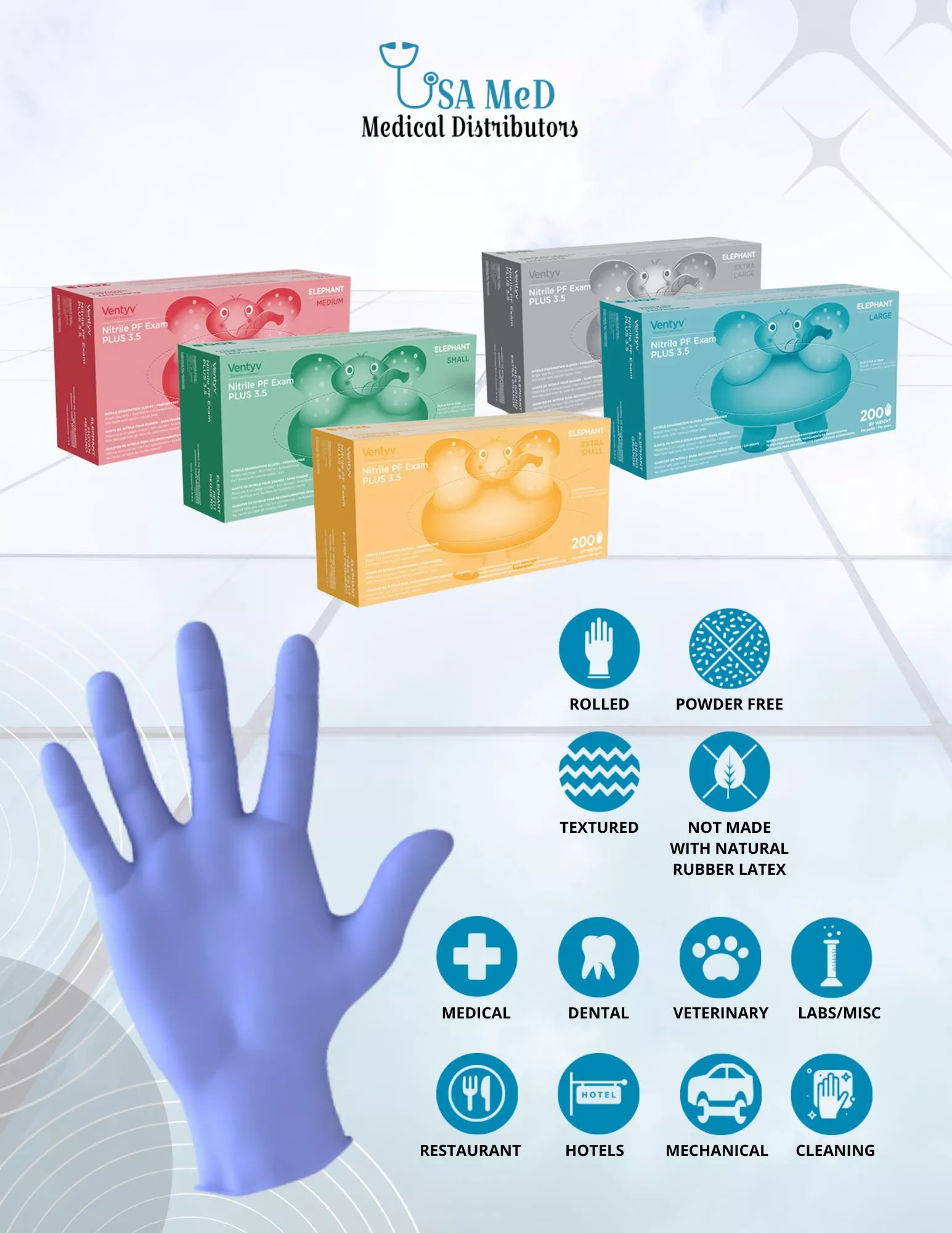
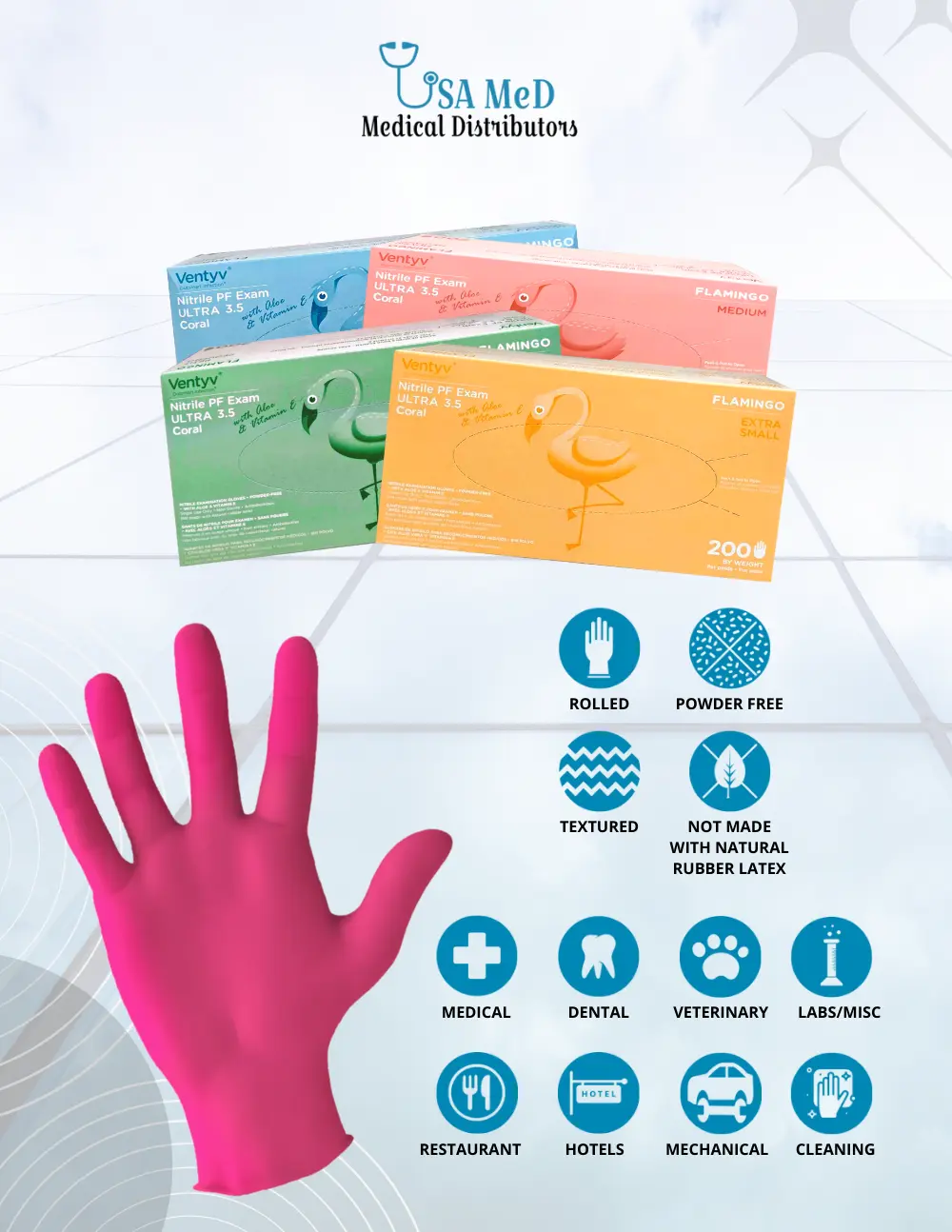
Phone Number: (239) 266 -1290
Email Addresses:
sales@usamedicaldistributors.com
customercare@usamedicaldistributors.com
Mailing Address :
501 Goodlette, Frank Rd N A105, Naples, FL 34102
Copyright 2022 – 2024. USAMED Medical Distributors. All rights reserved.
Privacy Policy | Return and Refund Policy
| Website by M. Escober